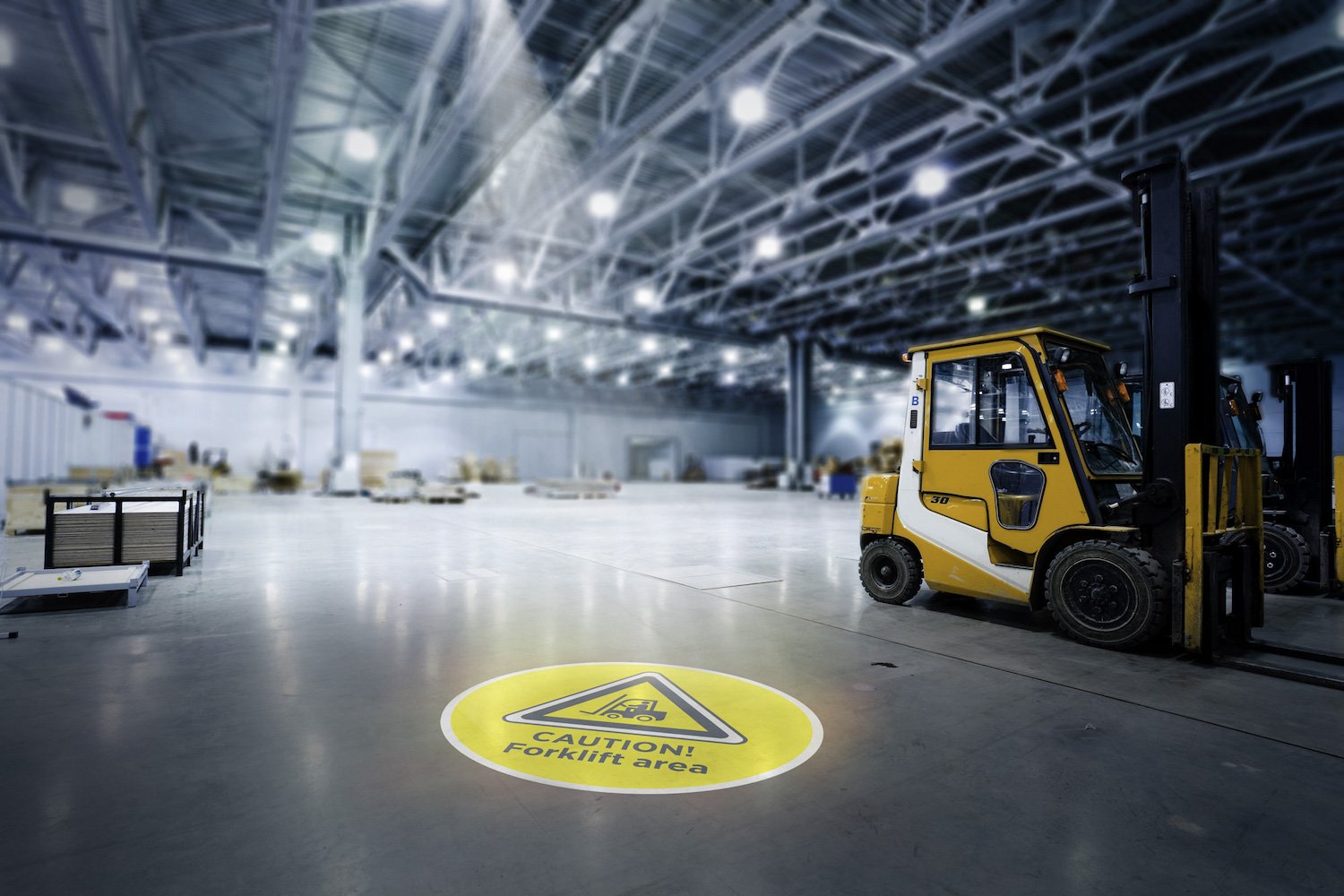Which Polymer Barriers Have the Lowest Carbon Footprint in 2025?
 By
Caleb Shaw
·
3 minute read
By
Caleb Shaw
·
3 minute read
As sustainability becomes a top priority for UK manufacturers and logistics businesses, more companies are asking the big questions: Are polymer barriers recyclable? Which barrier system is the most sustainable?
At Clarity, we help businesses make informed, long-term investments in workplace safety. That includes understanding how your choice of safety barrier affects your environmental impact.
In this article, we’ll break down what sustainable really means in the world of polymer barriers, where the industry is heading, and what to look for if you want to lower your site’s carbon footprint without compromising on protection.
What Makes a Polymer Barrier Sustainable?
The term “sustainable” can mean different things depending on your priorities. In most cases, customers are referring to one or more of the following:
-
A barrier made from renewable raw materials
-
A recyclable barrier
-
A barrier made from recycled content
-
A product with a low overall carbon footprint
While these are all valid considerations, sustainability isn’t a simple yes/no question — especially in polymer manufacturing. Let’s explore each of these areas in more detail.
Are Renewable Raw Materials the Answer?
Barriers made from renewable, bio-based materials may seem like an obvious win. In theory, they reduce reliance on fossil fuels and can help cut carbon emissions during production.
But in practice? The trade-off is often performance. Many renewable polymers are significantly weaker or less durable than traditional materials like PVC or HDPE — especially in harsh or high-impact environments like warehouses or external yards.
That’s why most businesses opt for materials that deliver durability first, while still ensuring they are responsibly manufactured and can be recycled. Fortunately, that’s where companies like MPM come in.

Are Polymer Barriers Recyclable?
The short answer: yes, most are recyclable — including PVC and HDPE-based barriers. The challenge is less about recyclability and more about what actually happens to the barrier at end-of-life.
In the UK, there are several capable recyclers who can handle these materials. But in many cases, barriers are discarded during site upgrades or repaints, leading to unnecessary landfill or incineration.
At Clarity, we advocate for longer-lasting, modular systems that don’t need to be replaced when site layouts change — reducing waste and cost over time.
Explore more on this topic: Is it true that polymer barriers are bad for the environment?
.jpeg?width=369&height=492&name=WhatsApp%20Image%202024-06-14%20at%2007.40.29%20(1).jpeg)
What About Barriers Made from Recycled Content?
While some manufacturers include recycled content, it's far from common. Why?
-
Cost – Recycled polymer can be more expensive than virgin material due to processing requirements.
-
Performance – Recycled polymers often have looser spec tolerances, making it harder to guarantee consistent strength and impact resistance.
Because of these issues, most manufacturers still prefer virgin polymer for applications where safety and durability are critical.
So Which Barriers Really Have the Lowest Carbon Footprint?
The best way to reduce your barrier system’s environmental impact is to look at its lifecycle — not just its material.
At Clarity, we recommend MPM polymer barriers, manufactured in Italy using a closed-loop, zero-waste process. Their factory runs on solar energy, recycles 100% of its water, and produces zero landfill waste. That’s far more sustainable than many “greenwashed” alternatives.
While MPM barriers aren’t made in the UK, most polymers used across the industry are imported globally - meaning manufacturing location is only one piece of the puzzle. What matters more is how the product is made and how long it lasts.
With MPM’s durable PVC-based barriers, you can expect a 20+ year lifespan, even in demanding external environments.
Flexibility That Reduces Waste
Perhaps the most overlooked feature of sustainability? Modularity.
Unlike metal barriers that often need to be ripped out and replaced when layouts change, MPM barriers are fully modular and reconfigurable. That means:
-
Less waste during factory reconfigurations
-
No permanent floor damage from fixed steel systems
-
Easy upgrades without full replacements
For example, the PED150 barrier can be upgraded to the PED150 Link model — increasing impact resistance up to 5x without removing or replacing the entire system.
Final Thoughts
If you’re looking to reduce your site’s carbon footprint while still delivering a safe, long-term solution for your people and equipment, polymer barriers are a smart choice — but not all polymer barriers are equal.
When comparing options, ask yourself:
-
How is the barrier manufactured?
-
What’s its expected lifespan?
-
Is it recyclable and reusable?
-
Will it adapt with my facility, or become waste?
At Clarity, we’ll help you select the right polymer safety barriers based on your site conditions, safety needs, and environmental goals.
Ready to create a more sustainable site layout?
📘Download your guide to safer more efficient workplace
Or get in touch with a safety specialist to start building a safer, more sustainable workplace.




